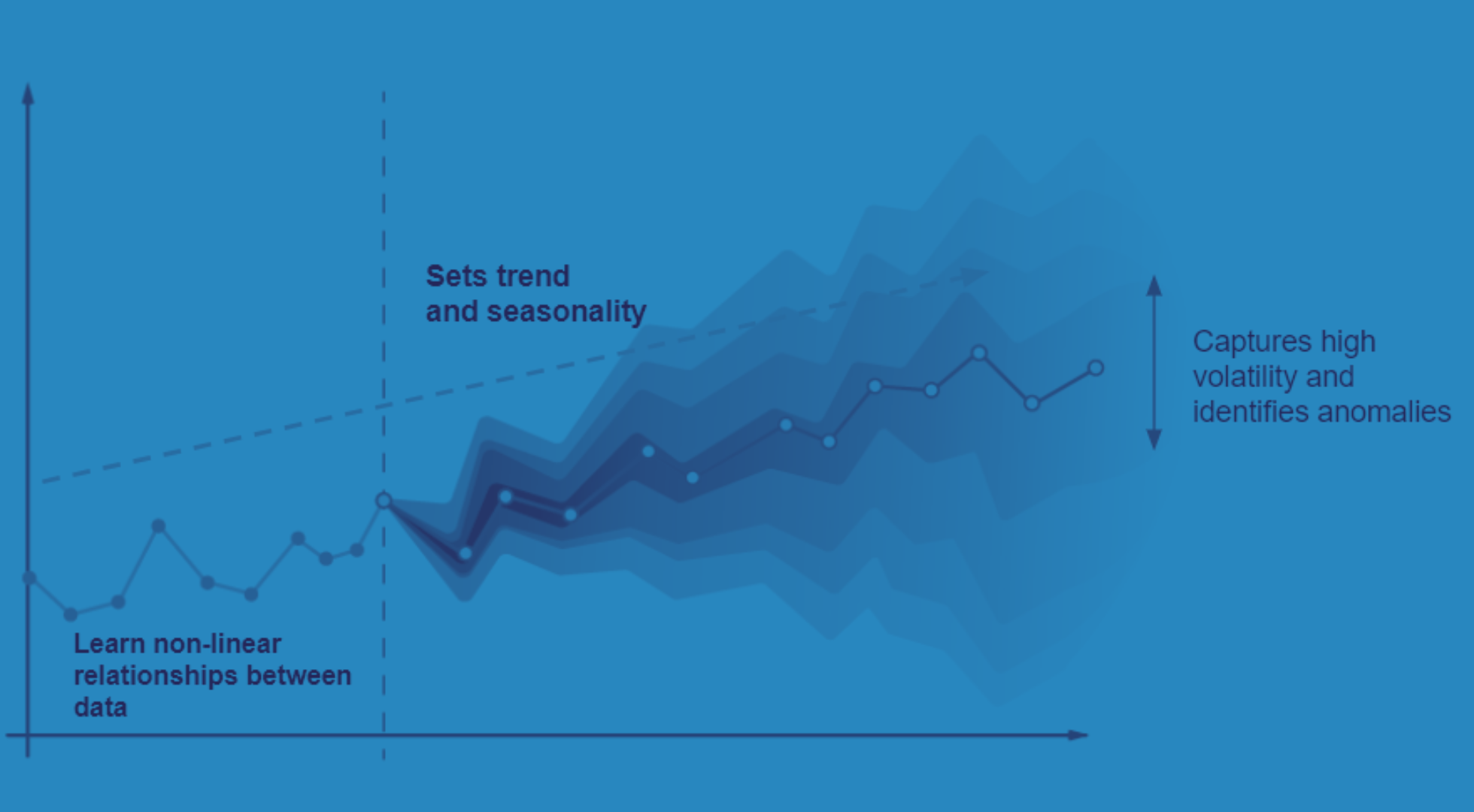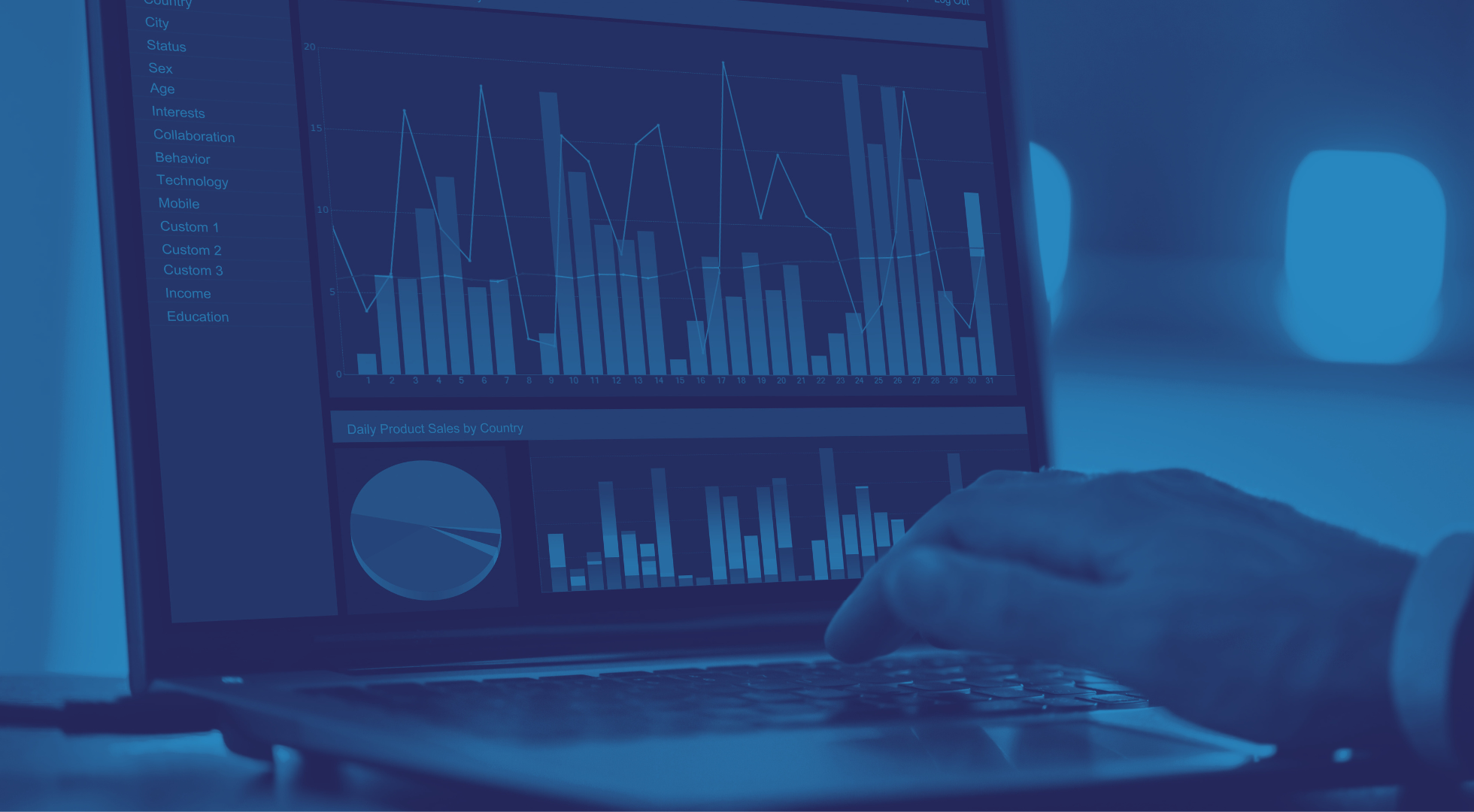
The Power of Demand Forecasting: A Data Scientist’s Perspective
The Evolution of Demand Forecasting in the UK’s Dynamic Business Landscape
As a data scientist at Lionheart Business, my journey into the depths of demand forecasting has revealed its critical role in shaping the future of medium and large businesses in the UK. In this era of data-driven decision-making, Chief Operating Officers (COOs) and Chief Technology Officers (CTOs) are increasingly seeking ways to leverage this powerful tool. Here’s a deep dive into how demand forecasting is revolutionising the business world.
The Rise of Big Data Analytics and AI in Forecasting
The integration of big data analytics and artificial intelligence (AI) in supply chain demand forecasting marks a significant shift from traditional methods. With AI’s capability to analyse vast datasets and identify intricate patterns, the accuracy of predictions has reached unprecedented levels. As discussed in the Journal of Big Data, both supervised and unsupervised learning play pivotal roles in this evolution. Supervised learning uses historical data to predict future demand, whereas unsupervised learning finds patterns in unlabelled data, enhancing customer segmentation in supply chains.
Understanding the Benefits and Challenges
While AI demand forecasting offers sophisticated predictions, as highlighted by Simon-Kucher, it demands substantial investment in technology and expertise. COOs and CTOs must navigate challenges such as understanding customer behaviour, price elasticity, and the competitive landscape. Regular updates to forecasting models and integrating insights from various departments are crucial in maintaining the relevance and accuracy of these forecasts.
Measuring and Improving Forecast Accuracy
Accuracy in forecasting is not just about the right tools but also about effective methodologies. Techniques such as Mean Absolute Deviation (MAD) and Mean Squared Error (MSE) are essential in evaluating the effectiveness of demand forecasting methods. PMI BIS Consultancy emphasises the need for continuous monitoring and updating of forecasts, ensuring they remain aligned with market trends and customer needs.
The Broader Impact on Business Operations
Effective demand forecasting aids in resource planning, inventory management, and production scheduling. For instance, it allows businesses to optimise inventory levels, striking a balance between stockouts and excess inventory. This balance is key to cost savings and improved customer satisfaction.
Leveraging Modern Tools and Technologies
In today’s big data and AI era, the tools and technologies used in demand forecasting are more advanced than ever. The integration of AI with traditional methods ensures both efficiency and contextual understanding. This approach, as NetSuite explains, is indispensable in achieving accurate demand predictions.
Final Thoughts: The Strategic Asset of Demand Forecasting
In conclusion, demand forecasting is not merely a business function but a strategic asset that empowers businesses to operate with foresight and efficiency. By mastering demand forecasting, businesses are not just responding to market demands but anticipating them. This is where Lionheart Business steps in, offering the expertise and tools to transform your demand forecasting from an operational tool to a strategic enabler.
For COOs and CTOs of medium and large UK companies, the message is clear: the future of your business depends significantly on how effectively you can forecast demand. By embracing the latest advancements and best practices in demand forecasting, you can ensure that your business stays competitive, responsive, and ahead in the rapidly evolving market landscape.





